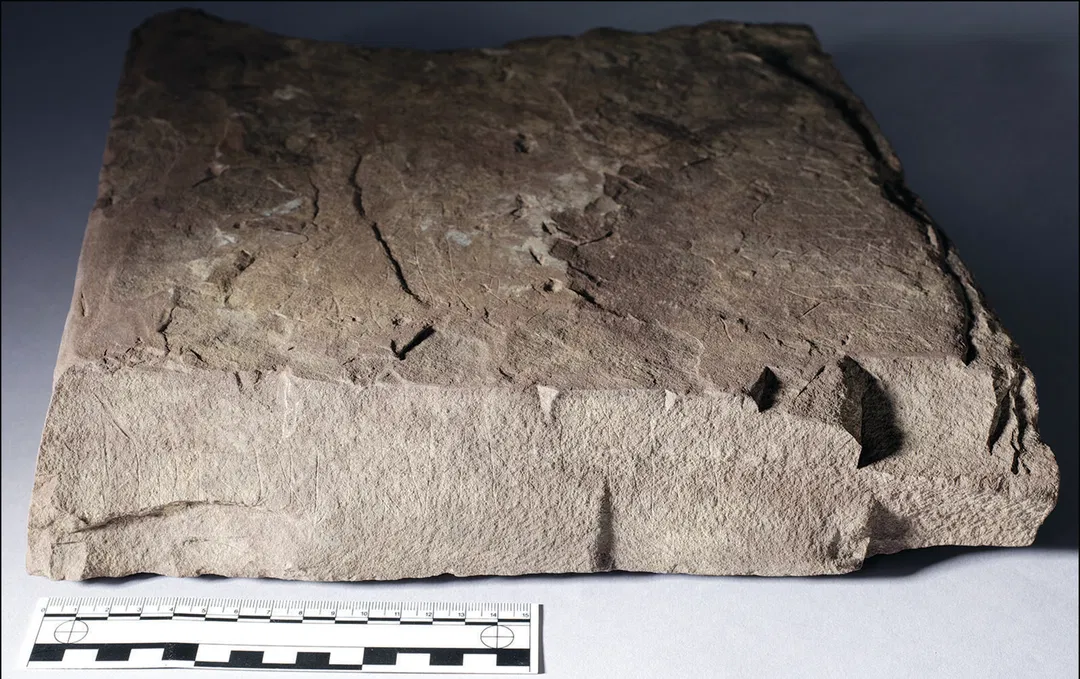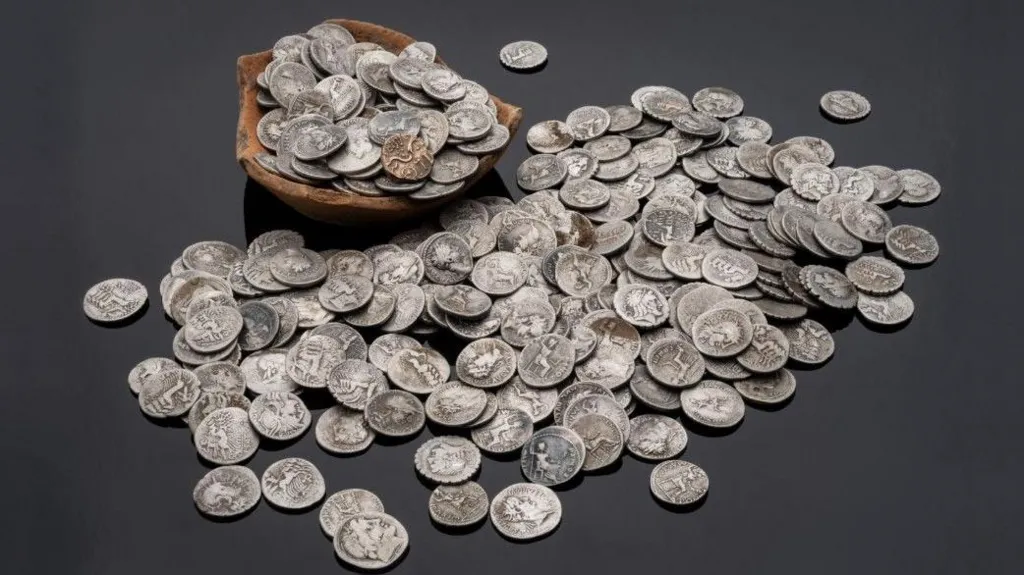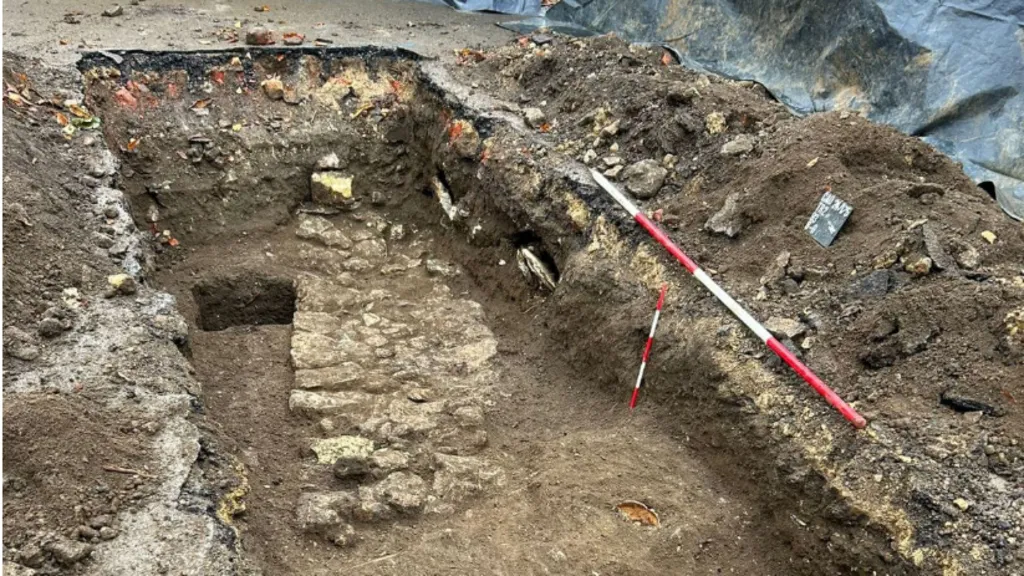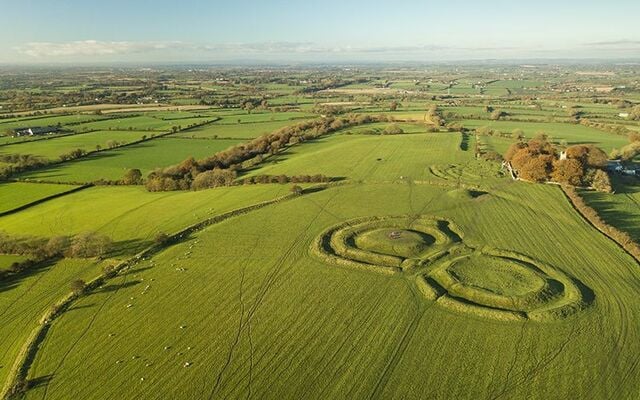After 1007 Bamberg castle was rebuilt as a modern cathedral and palace complex. Likely, it turned out to be an ideal prototype for other similar building projects at Paderborn, Goslar and elsewhere
In 973, Otto II presented his cousin, Heinrich der der Zänker ( Henry the Wrangler), with the keys to Babenberg Castle near the confluence of the rivers Regnitz and the Main. When Heinrich der Zänker was granted Bamberg, the castle on the later Domberg was already impressive. Archaeologists have shown that already in 902, the Babenberg – later Bamberg – was a heavily fortified castle domineering a riverine landscape with a village down to the river. For several years, it was used as a state prison for the Italian king, Berengar II, who died there in 966.
Later, Heinrich II, at that time Duke of Bavaria, presented his wife, Kunegunde, with Bamberg as her matrimonial gift; he granted her a thriving and vital city, which they later transformed into a diocese in 1007, and where they built the first cathedral, consecrated in 1012.
Read the rest of this article...
























